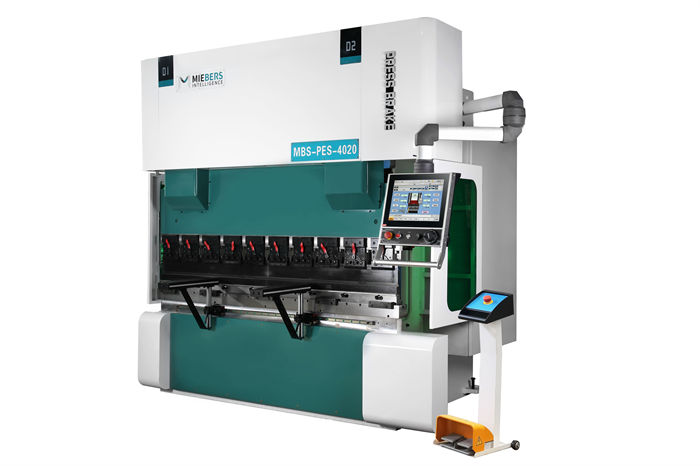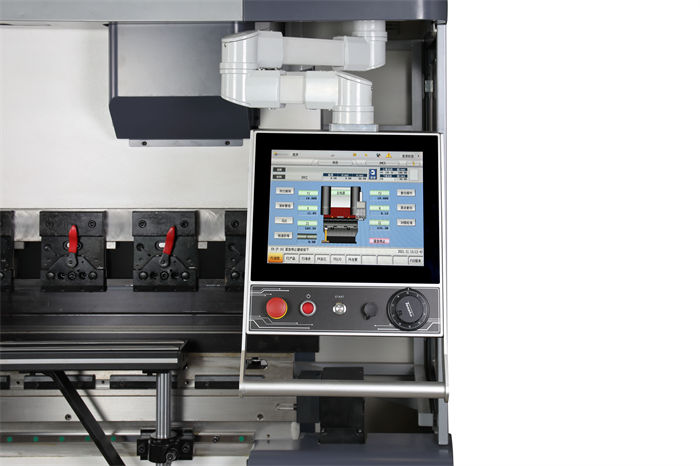How to check and adjust the quality of the blade of the shearing machine
2024-05-20The items and requirements for welding quality inspection of shearing machine blades are as follows:
1、 Check the strength of the weld seam: Use a green silicon carbide grinding wheel to grind the back of a turning tool, and check the thickness of the solder layer. The thickness should be below 0.15 room meters. There should be no air holes or insufficient welding material at the bottom surface of the blade support. The welding seam that is not filled with welding material should not exceed 10% of the total length of the welding seam. If there are pores, it will cause the blade to fall off during cutting.
2、 Check the position of the blade in the slot: If the blade is misaligned or sags beyond the technical specifications, re welding should be carried out. Cutting machine blades
3、 Check welding strength: Use a wooden or copper hammer to strike the blade with moderate force, or use! When the hammer strikes the blade with strong force and the blade does not detach from the groove, it is considered qualified. Check the welding strength of the blade, not all of them may be checked individually, and spot checks are also used.
4、 Check the flatness of the blade: If there are obvious pits on the blade, it indicates that the blade is overheated and deformed. It should be burned down and re welded with a new blade.
5、 Check for cracks: After cleaning the blades with kerosene, if the blades of the shearing machine have cracks, kerosene will penetrate into the cracks and black lines will appear, which can be observed with the naked eye. It can also be observed with a 10-40x magnifying glass.
To detect blade cracks, color inspection can also be used: a solution composed of 65% kerosene, 30% transformer oil, and 5% turpentine is used, with a slight addition of Sudan red. Place the blade part of the turning tool in this solution for 10-15 minutes, wash it with clean water, apply a layer of white clay (kaolin), and observe its surface after drying. If there are cracks on the blade, the color of the solution will be exposed on the white clay, which can be seen with the naked eye. Cracked blades cannot be used and require re welding.
1. Remove the lower blade and clean it one by one.
2. The blade can be used on all four sides, and the selected side should be tightly attached and installed. And check the straightness of the blade in both horizontal and vertical directions.
3. Remove the upper blade and clean it one by one. Similarly, the blade can be used on all four sides, and the selected side should be tightly attached and installed. And check the straightness of the blade in both horizontal and vertical directions.
4. The upper blade is fixed and cannot be adjusted. We adjust the gap between the shearing machine blades by adjusting the lower blade.
5. Find the two widening gap screws on the left and right of the lower blade, which are usually located at the outermost edge.
6. Find the two locking screws on the left and right sides of the lower blade that push the lower blade to reduce the gap. There are locking backup nuts on top of them. Usually on the inside.
7. Loosen the four bolts on the left and right of the lower blade table.
8. Manually turn the disc to lower the upper blade to the appropriate position, and the operator starts adjusting it in the cutting area of the shearing machine.
9. Use a feeler gauge to roughly adjust to 0.5 millimeters from the area where the upper and lower blades of the left hand are not engaged.
10. Manually turn the disc to move the blade up to the middle position and adjust it roughly to 0.5 chamber meters.
11. Manually turn the disc to move the blade up to the middle position on the right side where the upper and lower blades are not detached, and adjust it roughly to 0.5 millimeters.
12. Manually lower the upper blade to the appropriate position and start fine adjustment.
13. Use a feeler gauge to fine tune from the area where the upper and lower blades of the left hand are not biting, until three threads of the feeler gauge can fit in and five threads cannot fit in.
14. Manually turn the dial to move the blade up to the middle position and start fine tuning until three threads of the feeler gauge can fit in and five threads cannot fit in.
15. Manually turn the dial to move the blade up to the position where the upper and lower blades are not detached on the right side, and start fine adjustment until three threads of the feeler gauge can enter and five threads cannot enter.
16. The above is for the new car, and it is fine tuned so that three threads of the feeler gauge can fit in, but five threads cannot fit in.
17. For old cars, fine tune to a feeler gauge where ten threads can fit in and twenty threads cannot fit in. Alternatively, make appropriate adjustments by cutting 1/10-1/20 of the required sheet metal thickness.
When the cutting edge of the shearing machine is sharp, if there are burrs on the edges of the cut board, the gap between the upper and lower blades can be appropriately reduced.









